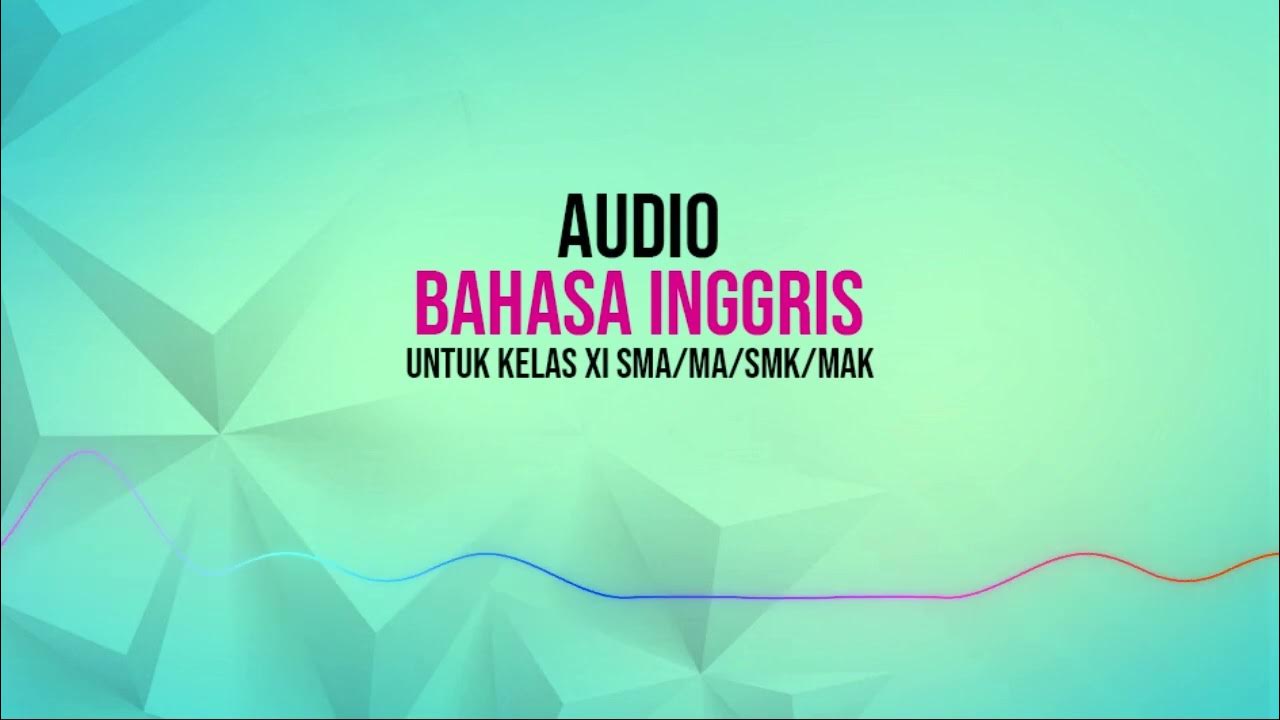What is 'fake news', and what isn’t? - BBC Young Reporter
Summary
TLDRThe video script explores the concept of fake news, its widespread influence, and the confusion it causes in society. It defines fake news as deliberate misinformation used for political or commercial gain, often amplified through social media. The script also highlights the difference between fake news and misleading stories, like mistakes or misleading headlines. It stresses the importance of critically assessing news, especially when political figures misuse the term 'fake news' to avoid uncomfortable topics. Ultimately, viewers are encouraged to think critically, questioning the accuracy of information before sharing it online.
Takeaways
- 😀 Fake news can influence people's decisions and create confusion about what is true.
- 😀 Misinformation can lead to mistrust in news sources, making it difficult to discern what to believe.
- 😀 Fake news is deliberately crafted for political or commercial gain and is spread via digital platforms.
- 😀 Not all misleading information is fake news—mistakes and misleading headlines or altered photos may occur.
- 😀 The term 'fake news' can be misused, especially by politicians to shut down uncomfortable debates.
- 😀 It's important to understand the difference between real fake news and stories that are simply misleading.
- 😀 Mistakes in journalism can lead to incorrect information, but this doesn't always equate to fake news.
- 😀 Politicians or figures may call something 'fake news' to suppress discussions on challenging topics.
- 😀 Be cautious about what you read online; not everything you see is entirely true.
- 😀 To evaluate information, it's helpful to ask if it feels right or seems likely to be true before sharing it.
- 😀 It's useful to think of news in shades of gray, understanding that there are various ways stories can be misleading or inaccurate.
Q & A
What is the main concern about news as mentioned in the transcript?
-The main concern is that news can influence people's decisions and create confusion. It leads to mistrust of news sources and leaves people unsure of who to believe.
Why is misinformation considered a problem in the context of the transcript?
-Misinformation is problematic because it makes it difficult to understand the world around us, which can lead to confusion and a lack of trust in news sources.
How is 'fake news' defined in the transcript?
-'Fake news' refers to lies and propaganda created for political or commercial purposes. It uses digital technology and social media to go viral and influence millions of people quickly.
What role do digital platforms and social media play in the spread of fake news?
-Digital platforms and social media help fake news spread rapidly by allowing it to go viral, reaching a global audience and influencing millions in a short amount of time.
What distinguishes fake news from simply wrong news or mistakes in journalism?
-Fake news is intentionally created for political or commercial advantage, while mistakes in journalism or incorrect stories may happen unintentionally, such as misleading headlines or edited photos.
How should we approach news that is misleading but not intentionally fake?
-Misleading stories that are not intentionally fake, such as mistakes or altered images, should be recognized as inaccurate, but not necessarily categorized as fake news. It's important to question the content's authenticity.
What is the potential misuse of the term 'fake news' as discussed in the transcript?
-Politicians may misuse the term 'fake news' to avoid uncomfortable questions and shut down debates, preventing legitimate democratic inquiry.
Why is it important to understand the meaning of 'fake news' clearly?
-Understanding 'fake news' is crucial because it helps differentiate between intentional misinformation and other types of misleading content, ensuring more informed and thoughtful reactions.
What advice is given for handling confusing or questionable information online?
-The advice is to step back and critically assess the information by asking yourself whether it feels true or likely to be true before sharing it on social media or passing it along.
How can we better navigate the complexity of news accuracy, according to the transcript?
-Instead of viewing news in black and white terms, it’s helpful to recognize the varying degrees of accuracy, from fake news to misleading information, and approach it with a critical mindset.
Outlines

This section is available to paid users only. Please upgrade to access this part.
Upgrade NowMindmap

This section is available to paid users only. Please upgrade to access this part.
Upgrade NowKeywords

This section is available to paid users only. Please upgrade to access this part.
Upgrade NowHighlights

This section is available to paid users only. Please upgrade to access this part.
Upgrade NowTranscripts

This section is available to paid users only. Please upgrade to access this part.
Upgrade NowBrowse More Related Video
5.0 / 5 (0 votes)





